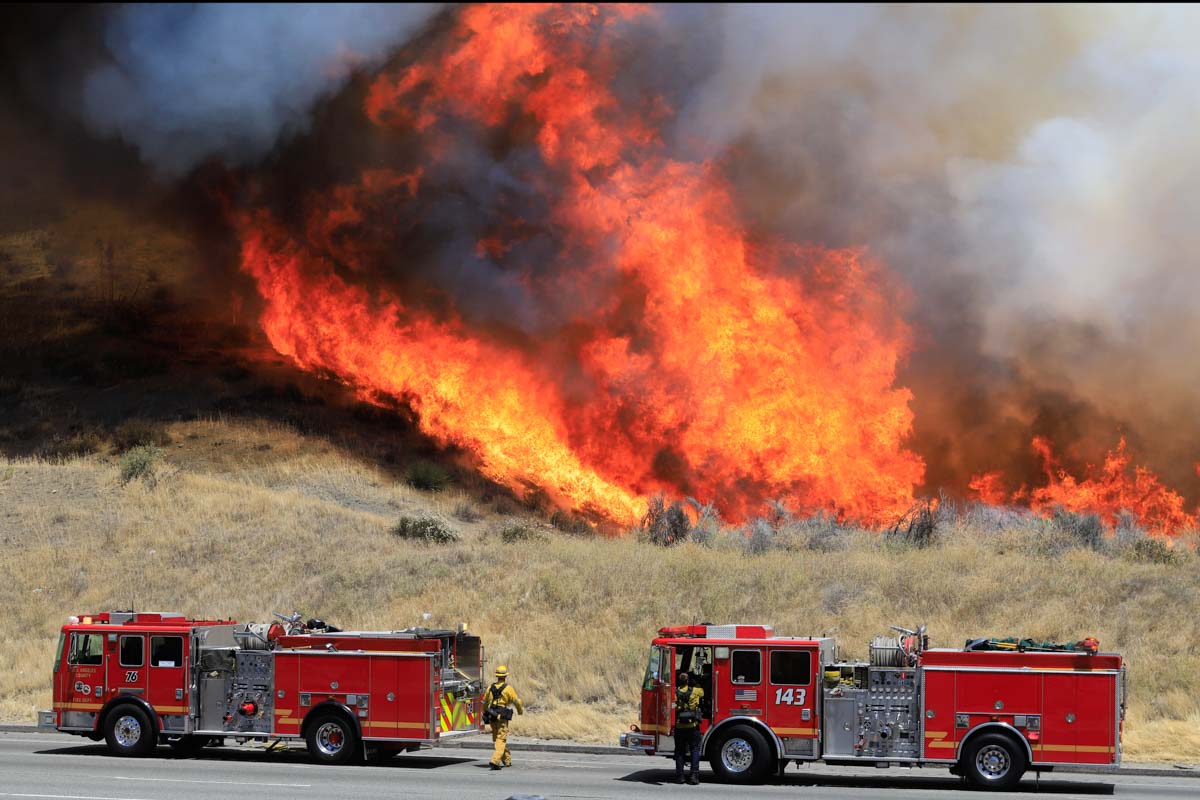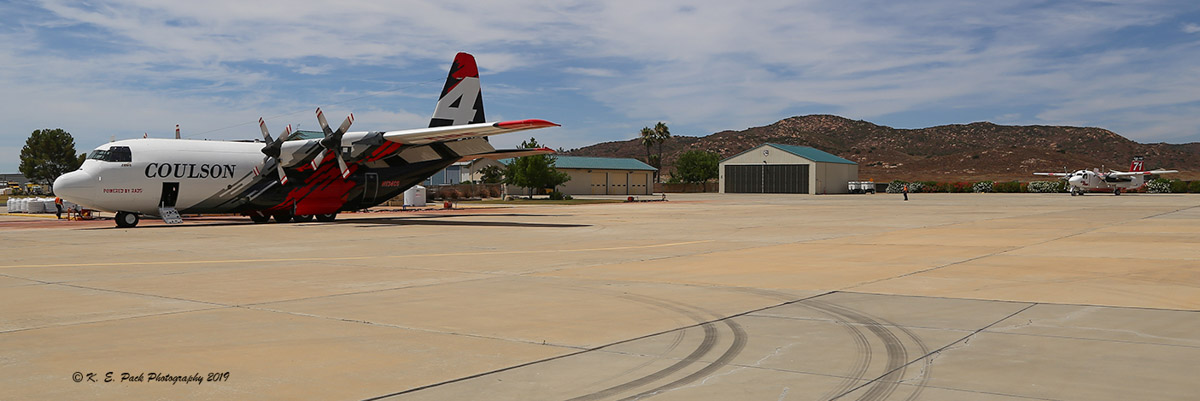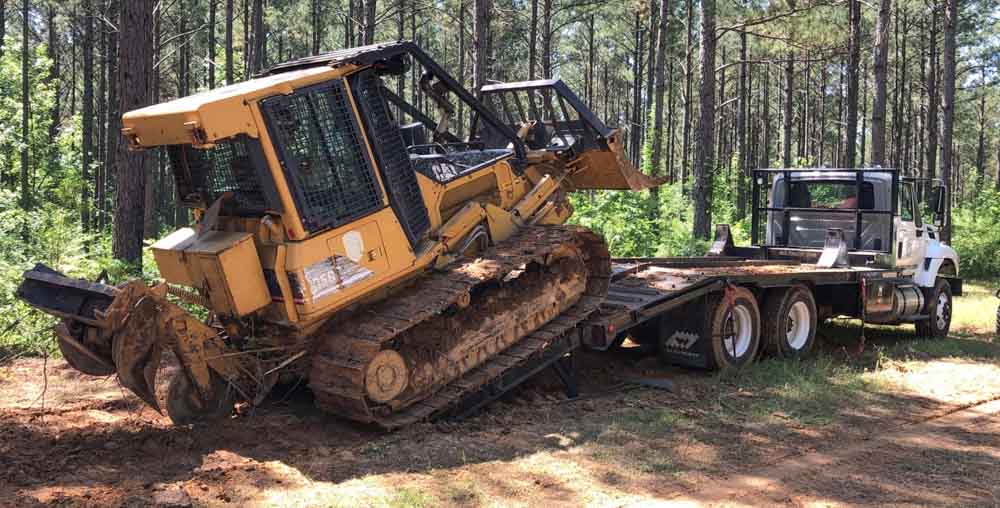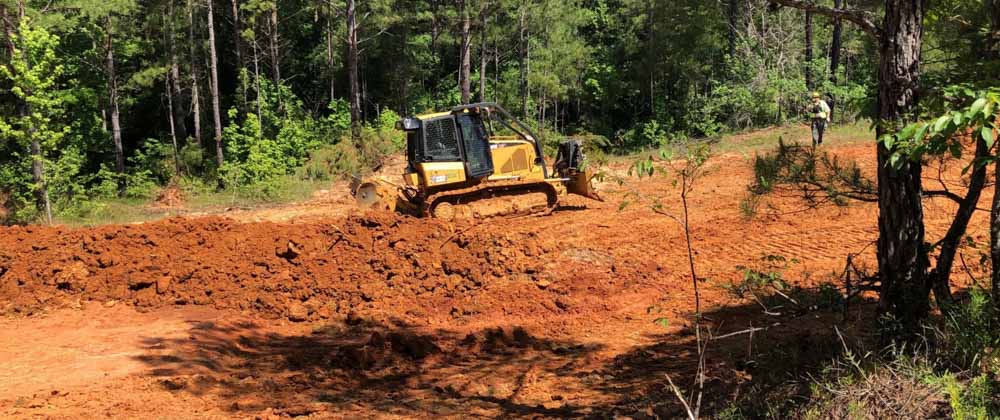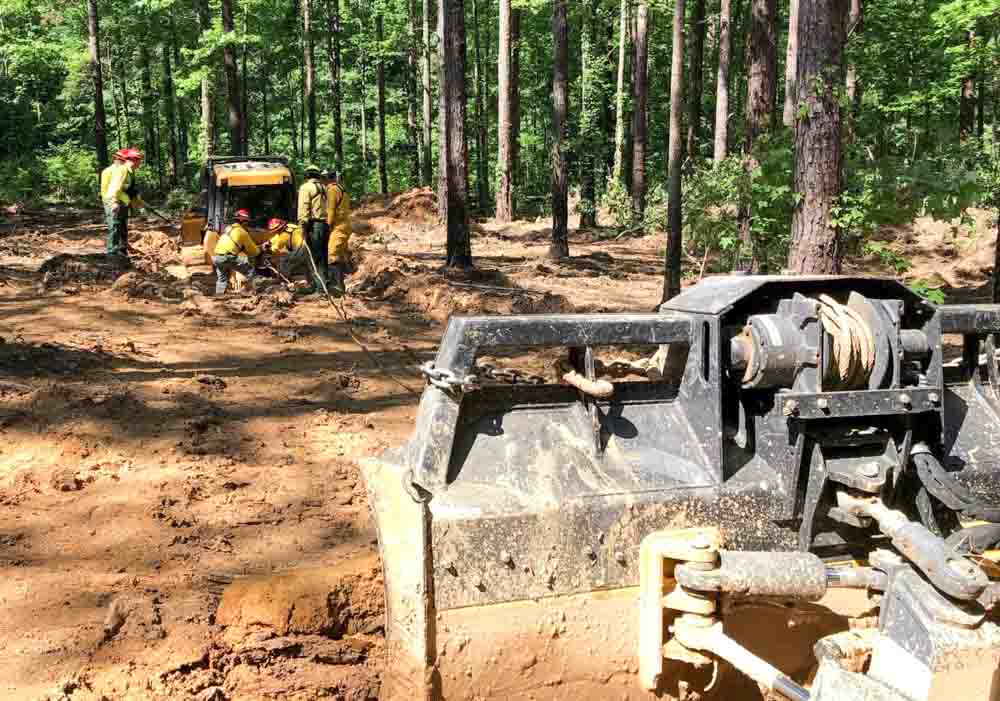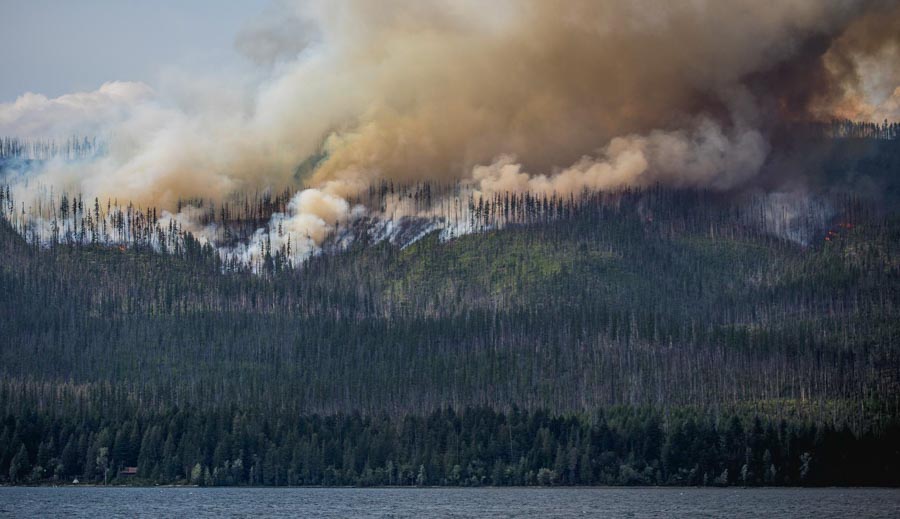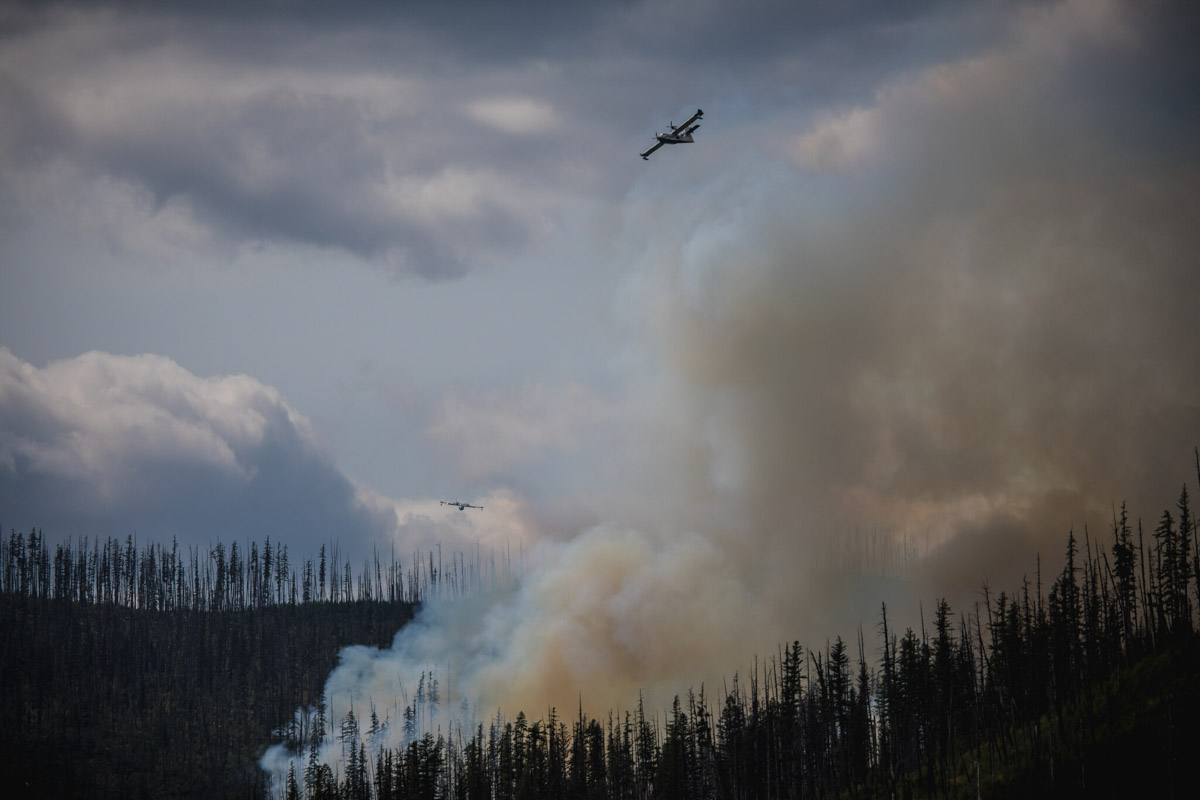
If a fire flares up anywhere in San Diego or Southern Orange counties, Randy Lyle, the fire program manager for San Diego Gas and Electric, and his team of fire coordinators, will know in real time where it’s breaking out and whether it is burning in proximity to any of the company’s infrastructure.
Lyle was the second fire coordinator hired by SDG&E company to enhance the coordination and partnership with local public safety agencies to better protect communities from wildfires. The fire coordination program was launched in 2004 with one person. Today Randy oversees a team of five fire coordinators – all of whom are veteran firefighters like him.
His team has expertise in a variety of specialties, such as electrical safety, natural gas safety, energy storage safety and fire safety training, fuel treatment, fire planning for projects, and forensic fire investigation.
When Randy joined SDG&E in 2007, he brought with him 32 years of experience in all aspects of wildland fire control, including engine, hand crew, and aerial firefighting, along with expertise in applying fire hazard data and tools to better understand fire risk and fire behavior.
As a CAL FIRE Division Chief, Randy served as the unified incident commander for the Cedar Fire in 2003. That historic fire – ranked as one of the top 5 most destructive wildfires in California history – burned more than 273,000 acres, killed 14 people, including one firefighter, and destroyed more than 2,800 structures.
Recently, we had a conversation with Randy, a San Diego native who loves horses and surfing, about his experience and background and what his team does.
What does it mean to be an SDG&E Fire Coordinator?
Fire coordinators serve as a critical link between fire agencies and SDG&E. They provide situational awareness at times of actual fires to help support emergency response. For example, if a public agency has a request for SDG&E to de-energize a power line near a fire to protect first responders, a fire coordinator will work with our grid operations staff to help coordinate that request.
Fire coordinators also train internal personnel on fire safety and external personnel (first responders) on electrical safety. We are translators of intel into actionable information.
Are fire coordinator positions unique to SDG&E?
Other utilities have similar positions, but their actual duties vary quite a bit from utility to utility.
How did you make the decision to get into this field and when did it all start for you?
I had firemen in my family. I started my fire career with the California Department of Forestry and Fire Protection (CAL FIRE), six weeks after graduating high school. Growing up here, I remember watching large fires like the Laguna Fire in 1970 as it made news day after day and I was fascinated by its enormity.
What is your most memorable experience as a firefighter?
I was the CAL FIRE Unified Incident Commander on the 2003 Cedar Fire for the first three days, then transitioned to a Branch Director for the west wind push when I had two Strike Teams trapped by fire in Harrison Park near Julian. I lost radio contact with them and for about two hours, thought that 40 firefighters had perished. Turned out OK in the end. Radios were rendered inoperable, presumably by heavy, dense smoke and heated air.
What is your busiest season?
Peak season is from about September 1 until we get rains in fall or early winter. Typically, any summer day can be an ‘average bad fire day’. There are a few weeks after strong green-up where there will not be any fires because wildland fuels are not cured well enough to dry.
(From SDG&E)

